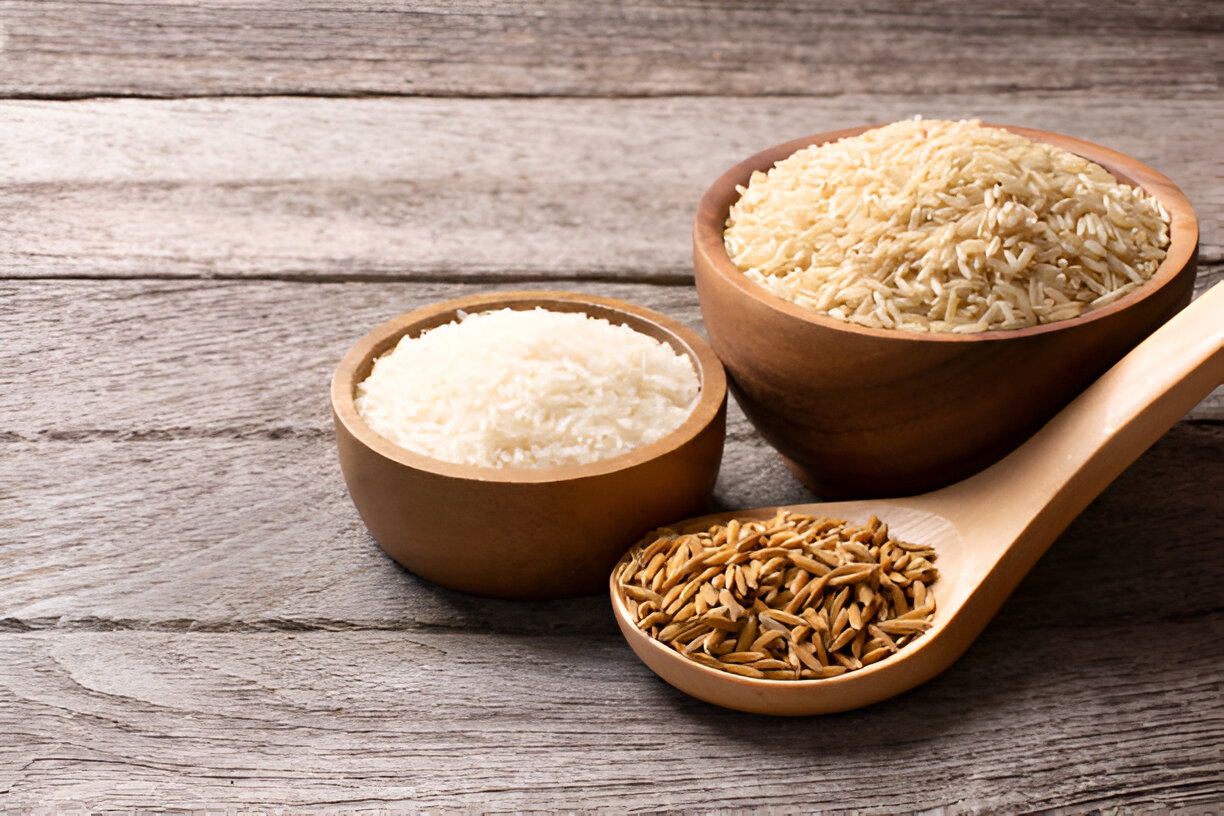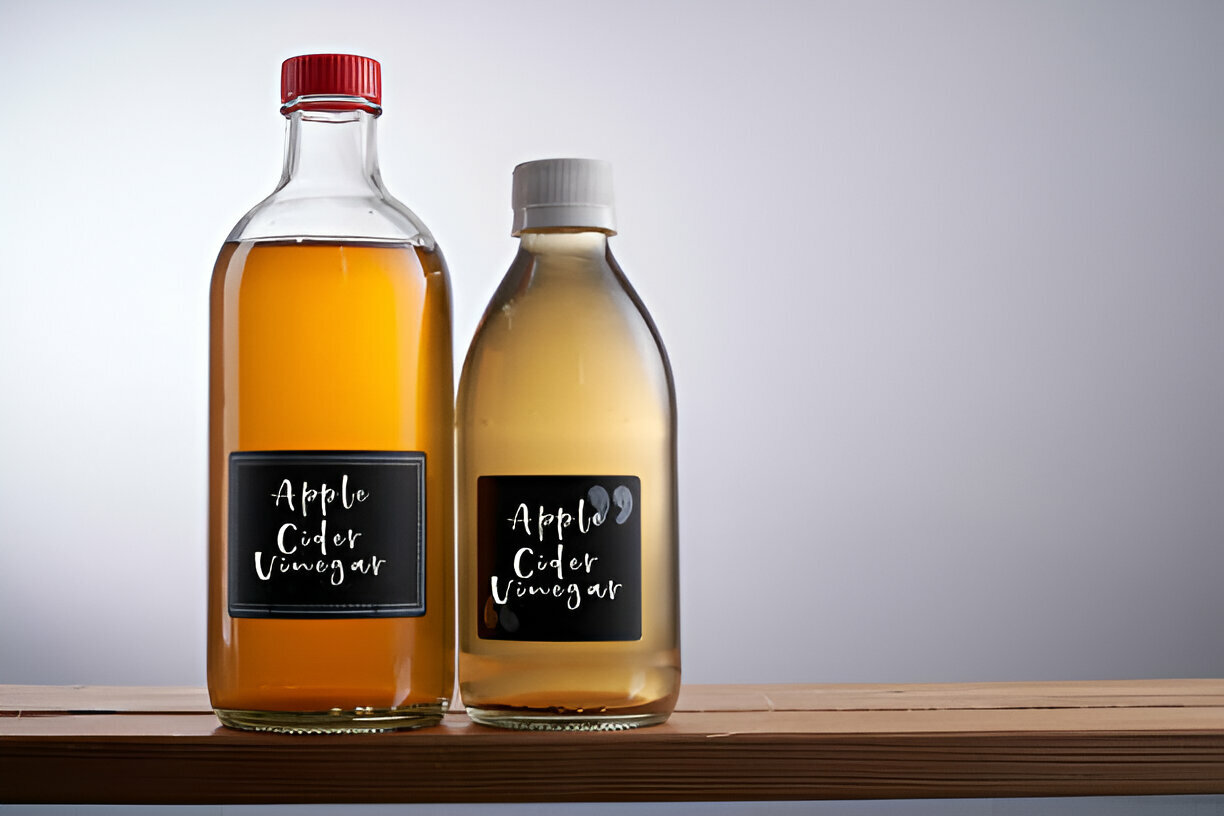Introduction
When it comes to indulgent treats, few things rival the allure of a double chocolate chip cookie. These decadent delights tantalise the senses with their rich, chocolatey goodness and irresistible texture. Yet, in a world increasingly conscious of dietary choices, understanding the caloric content of these cookies is essential for discerning consumers.
As we delve into the realm of double chocolate chip cookies, we’ll explore the nuances between regular and gluten-free versions, offering insights into their nutritional profiles. With a keen eye on the rising consumer demand for gluten-free options, driven by health trends and dietary needs, our exploration is not just about satisfying cravings—it’s about making informed choices.
Join us as we unwrap the delicious details behind this beloved treat, and discover how even a simple cookie can play a role in a balanced lifestyle. Whether you’re a business owner looking to cater to diverse preferences, or a consumer seeking tasty yet mindful options, this journey will provide valuable insights.
Caloric Content of Regular Double Chocolate Chip Cookies
Understanding the Basics
When we think of regular double chocolate chip cookies, we’re reminded of classic ingredients like all-purpose flour, butter, sugar, and rich cocoa powder. These elements come together to form a delectable treat that many of us find hard to resist. However, these delightful ingredients also contribute to the cookie’s caloric content. Typically, a standard homemade double chocolate chip cookie contains about 150 to 200 calories per cookie, depending on the recipe and portion size.
Size Matters
It’s important to consider that the size of the cookie can significantly affect its calorie count. Larger cookies, while tempting, naturally carry more calories than their smaller counterparts. This is a crucial factor for both businesses and consumers to keep in mind. For those who enjoy the occasional indulgence, opting for a smaller cookie might be a way to savour the flavour without overindulging.
Ingredient Impact
The specific ingredients used can also influence the calorie content. For instance, the type of butter or the amount of chocolate chips used can increase the calorie count. High-fat butter or an extra handful of chocolate chips might enhance the cookie’s richness but will also add to the caloric load. As business owners, understanding these nuances can aid in crafting recipes that cater to calorie-conscious customers without sacrificing taste.
Striking a Balance
Ultimately, while the allure of a regular double chocolate chip cookie is hard to deny, moderation is key. For those of us in the food business, offering cookies that cater to diverse dietary preferences can be a selling point. By being mindful of portion sizes and ingredient choices, we can ensure that our treats not only delight the palate but also fit into a balanced lifestyle.
Gluten-Free Double Chocolate Chip Cookies
In recent years, the demand for gluten-free double chocolate chip cookies has seen a remarkable surge. For those with coeliac disease or gluten sensitivities, indulging in traditional cookies can pose health risks. This has led to a rise in the popularity of gluten-free options, allowing everyone to enjoy these delicious treats without compromising on their health. But what makes these gluten-free cookies stand out?
Firstly, the magic lies in the ingredients. Gluten-free cookies often swap out regular wheat flour for alternatives like almond flour, quinoa flour, or brown rice flour. These swaps not only cater to gluten intolerances but can also offer unique textures and flavours, adding a new twist to the classic cookie experience. Our choice of brown rice flour, for instance, not only provides a gluten-free option but also introduces a delightful nuttiness to the cookie.
Nutritionally, gluten-free cookies might slightly differ from their regular counterparts. The substitution of traditional flours with gluten-free variants can impact the overall calorie content and nutritional profile. For example, gluten-free flours may contain more fibre or protein, depending on the type used. This means that businesses and consumers alike can enjoy a cookie that fits within their dietary preferences without sacrificing taste or quality.
As more individuals choose to follow gluten-free diets, whether for health reasons or personal preference, the market for gluten-free double chocolate chip cookies continues to grow. At Premcrest, we recognise this shift and are committed to providing our customers with high-quality options that meet their needs. Whether you’re stocking a café or simply seeking a treat for yourself, our gluten-free options ensure that everyone can partake in the joy of a double chocolate chip cookie.
Consumer Demand for Gluten-Free Options
In recent years, we’ve observed a significant shift in consumer preferences, with gluten-free options gaining considerable traction. This surge in demand is largely driven by heightened awareness of dietary restrictions and health trends. Many individuals are discovering gluten sensitivities or intolerances, prompting them to seek out alternatives that cater to their specific needs without sacrificing flavour or enjoyment. This shift isn’t merely a trend; it’s a response to genuine health and lifestyle choices that businesses must acknowledge.
Catering to this demand, businesses like delis, cafés, and even church groups are expanding their product offerings to include gluten-free alternatives. By doing so, they not only meet consumer expectations but also enhance customer loyalty. Providing diverse options can set a business apart in today’s competitive landscape, attracting a broader customer base. For business owners, understanding and adapting to these dietary shifts is not just advantageous—it’s essential for sustained growth.
Moreover, the appeal of gluten-free options isn’t limited to those with sensitivities. Many consumers choose gluten-free products for perceived health benefits and lifestyle changes. This broader appeal means that having gluten-free options can enhance the overall brand image, portraying it as inclusive and health-conscious. This perception can be a powerful tool in marketing strategies, helping to convey a company’s commitment to quality and customer care.
Conclusion
As we reflect on our exploration of double chocolate chip cookies, it becomes clear that these treats are more than just a momentary indulgence. They represent a crossroads of taste and nutrition, allowing us to enjoy rich flavours while remaining mindful of our dietary choices.
We’ve delved into the caloric content of both regular and gluten-free versions, highlighting that these cookies typically range from 150 to 200 calories each. By understanding these differences, we can make informed decisions that align with our personal health goals.
Moreover, the growing demand for gluten-free options underscores a broader shift towards accommodating diverse dietary needs. This trend is not merely a passing fad; it reflects a deeper awareness and consideration for health and well-being.
As we continue to navigate this landscape, let us embrace the joy of indulging in our favourite treats, confident in our ability to balance pleasure with nutrition. Whether you’re a consumer satisfying your sweet tooth or a business owner catering to evolving preferences, recognising these dynamics allows us all to enjoy the best of both worlds. Here’s to making choices that are both delicious and informed, one cookie at a time.







